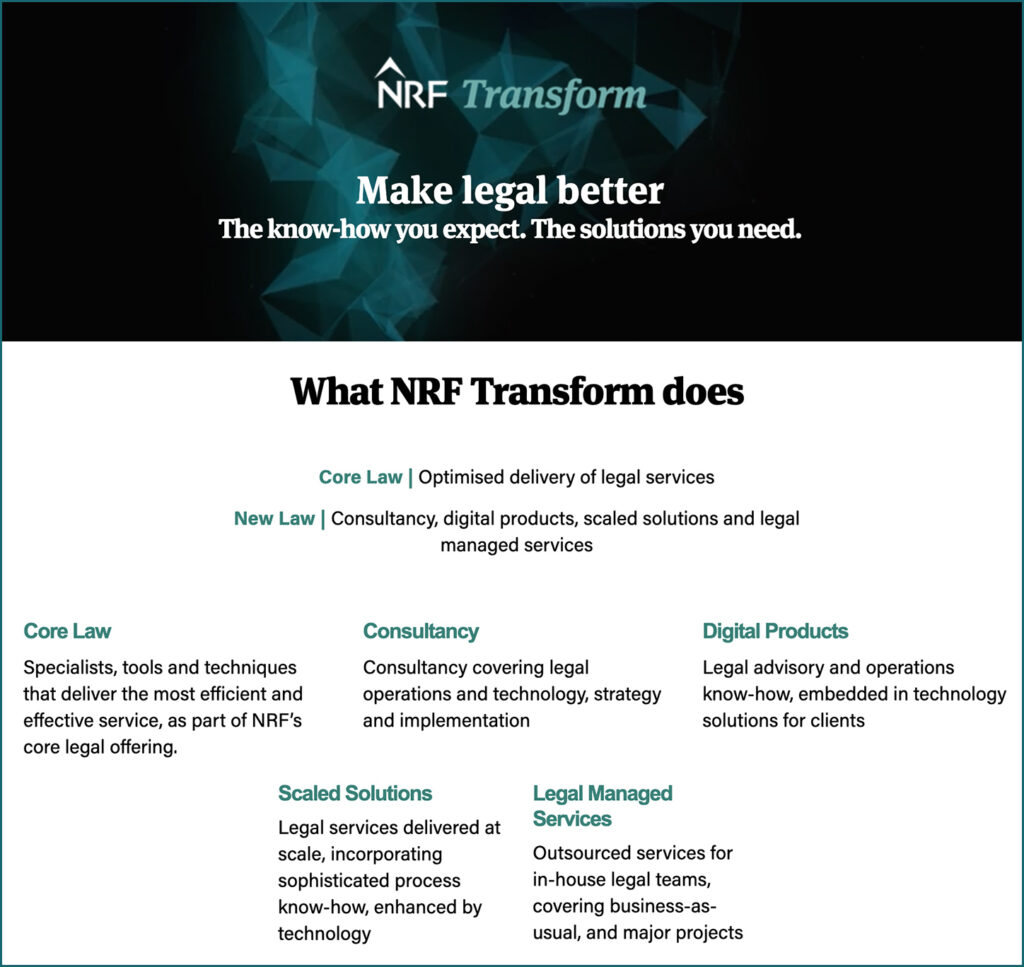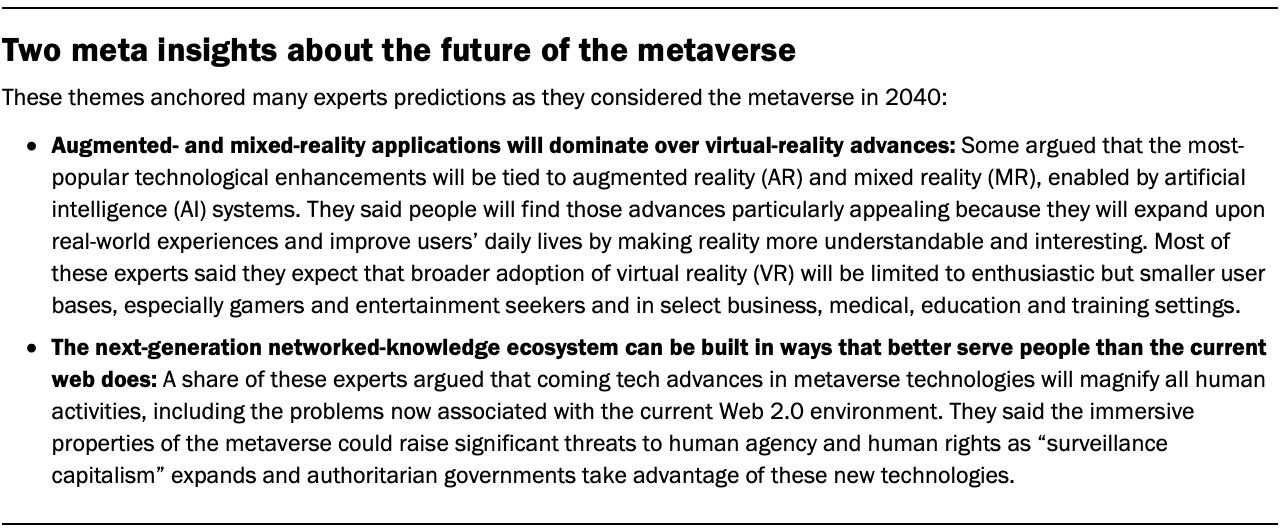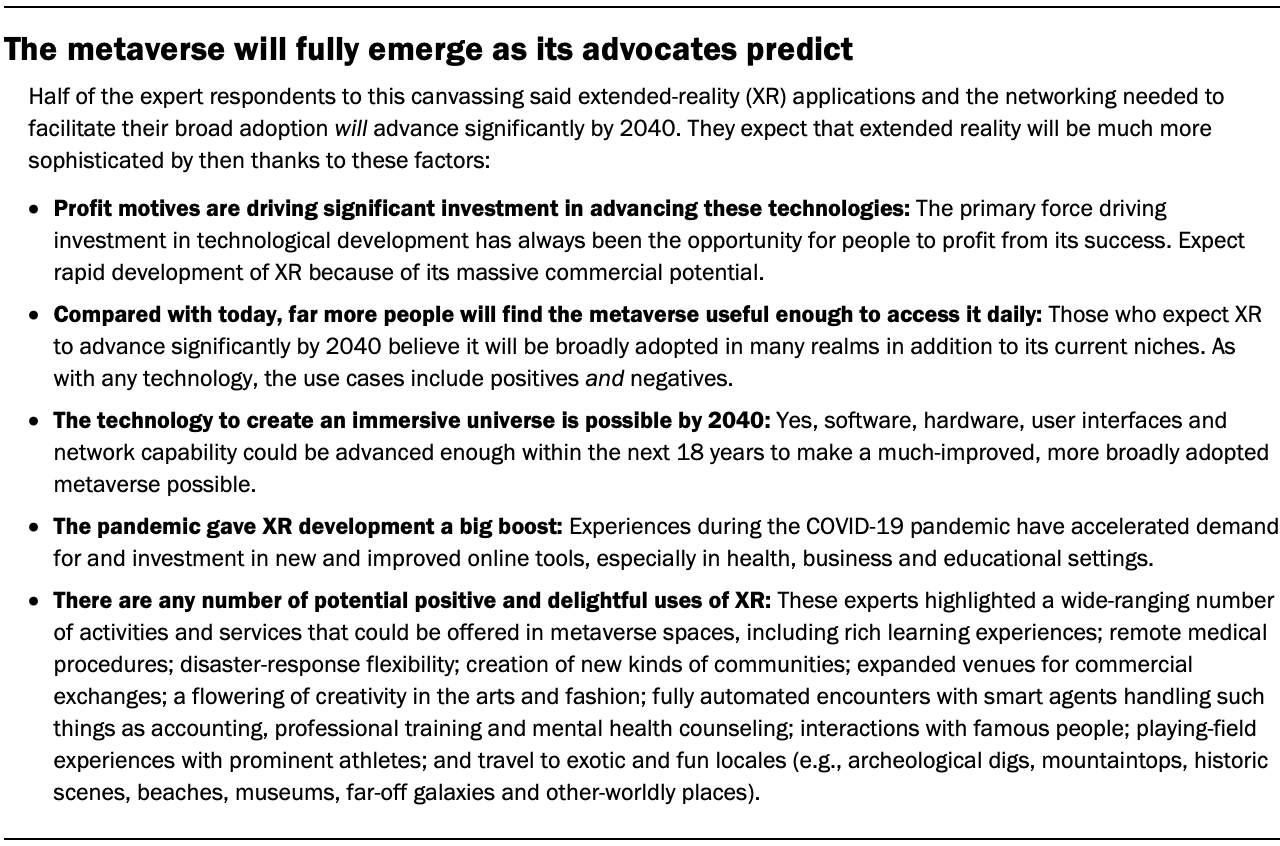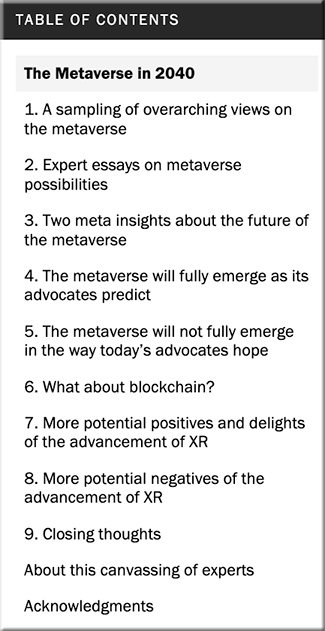Per Adobe today (emphasis DSC):
And we’re live! Starting 9:30am pst on Adobe Live’s YouTube Channel
After years of partnering with the Creative Cloud YouTube channel to bring our community inspiration and advice, Adobe Live will be streaming to our own YouTube channel (+Behance!) starting 9/6! This gives the Adobe Live team an exciting opportunity to connect closely with YOU, our community, through tailored content, YouTube’s community tab and, of course, LIVE streams.
Make sure to subscribe to the Adobe Live channel NOW!
.
EdTech Giant Unacademy Launches 50 New Channels On YouTube To Democratise Online Education — from edtechreview.in by Shalini Pathak
Excerpt:
Unacademy, an Indian EdTech unicorn and one of the leading online learning platform, has recently launched 50 new education channels on Google-owned YouTube. The channels significantly help in increasing accessibility for millions of learners across academic and non-academic categories.
Few of these 50 channels are built on the existing content categories as offered by Unacademy. They mark Unacademy’s foray into newer terrains such as ‘Tick Tock Tax’- to simplify the direct and indirect tax concepts, and Life After IIT – a platform to crack JEE and discuss success stories of top rankers.















